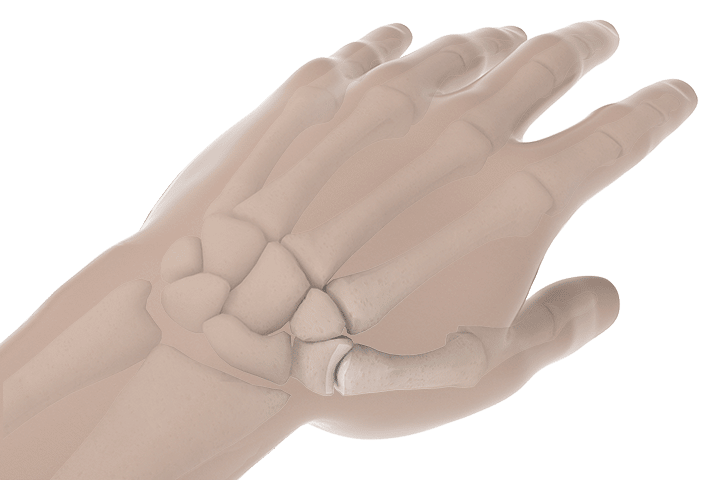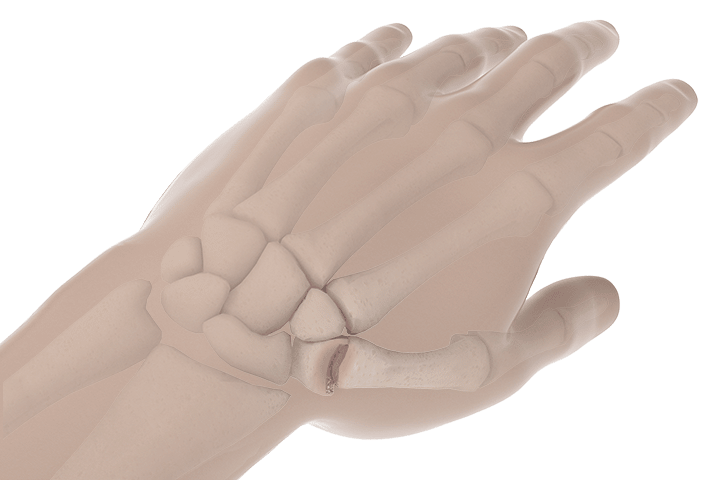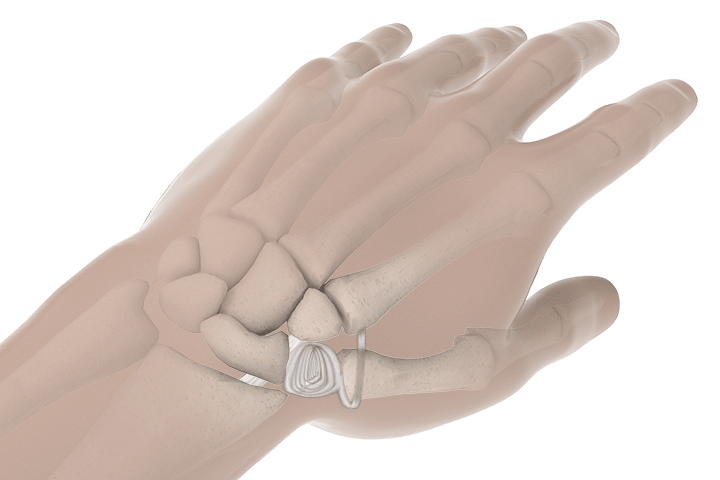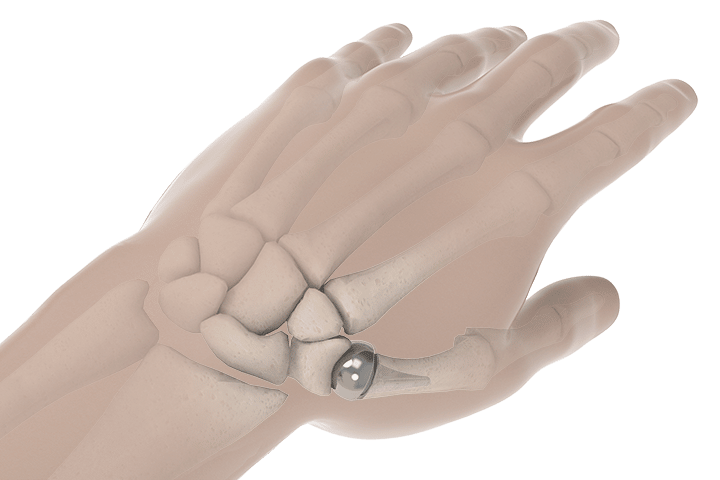What is basal thumb arthritis?
Arthritis is a condition where the smooth cartilage that covers the ends of bones within a joint is destroyed. There are several types of arthritis, however, osteoarthritis (wear-and-tear) is the most common. When arthritis occurs in the thumb joint, it can cause severe pain and swelling, as well as decreased strength and motion. It often becomes difficult to do simple everyday tasks and the pain can become so severe that you may experience pain at night when sleeping. Since there is no cure for osteoarthritis and it is a progressive condition, surgical treatment is often required to relieve pain and regain strength.


It is more common than you think.
15% of the over-30 population suffers from thumb arthritis.
It is reported that up to 1 in 3 postmenopausal women may suffer from thumb arthritis.
What are the symptoms and how is thumb arthritis diagnosed?
If you have persistent dull aching pain at the base of your thumb, you may be suffering from thumb arthritis. As Alejandro Badia, MD, explains, it is important to see an orthopedic specialist as it may be difficult for a primary care physician to diagnose the condition. If arthritis of the thumb is suspected, an X-ray can be taken to determine the amount of damage. From the x-ray the doctor will evaluate the joint space, alignment, and if any bone spurs (osteophytes) are present. The stage of arthritis along with the severity of the symptoms will determine the next step.
What are my treatment options for thumb arthritis?
Thumb arthritis is first treated with conservative care which involves a combination of medicine and splints. If conservative care fails, surgical treatment may be required. In the early stages, your surgeon may use arthroscopy to help diagnose the severity and clean up osteophytes. If surgical intervention is required, the most common option available would be a traditional trapeziectomy or joint replacement.


